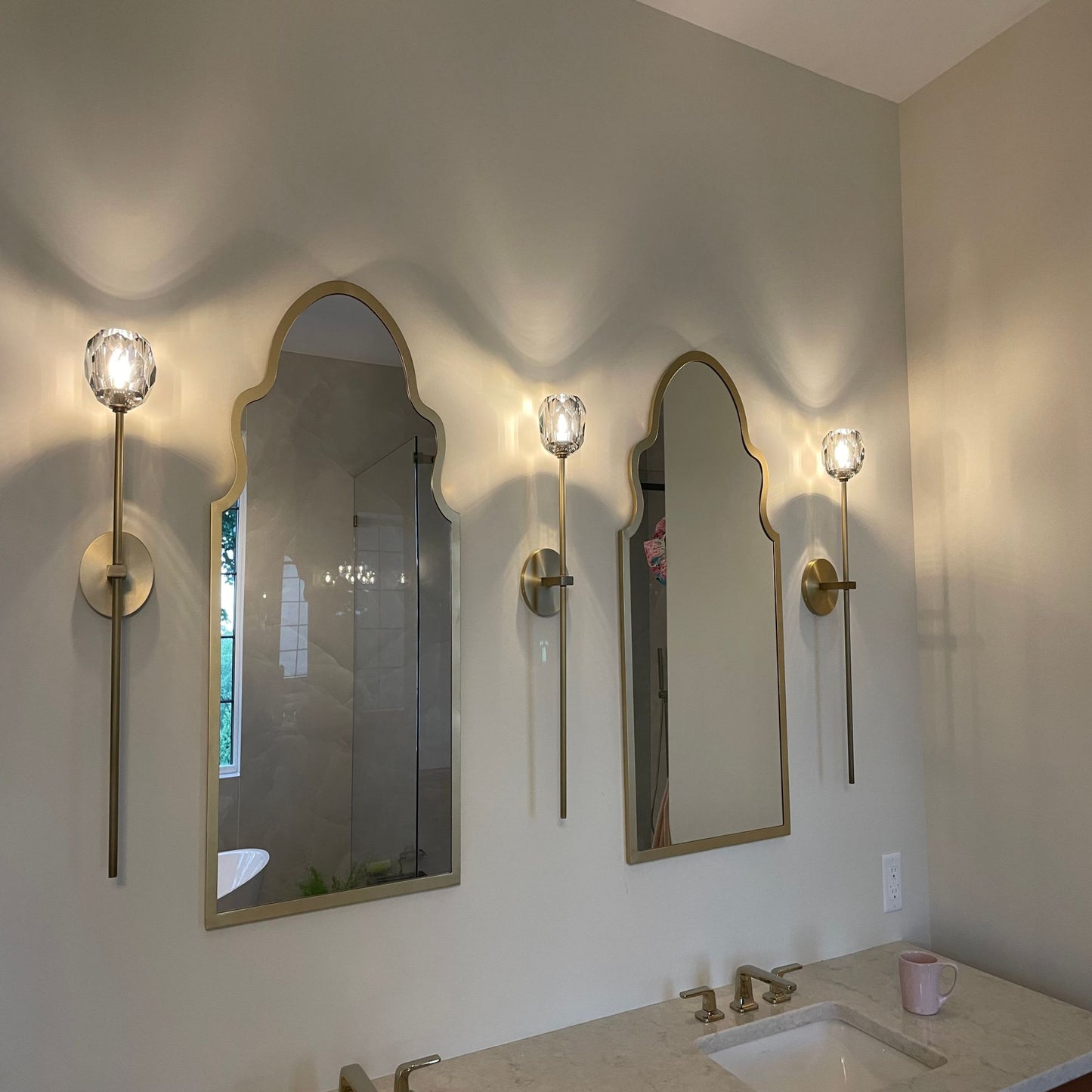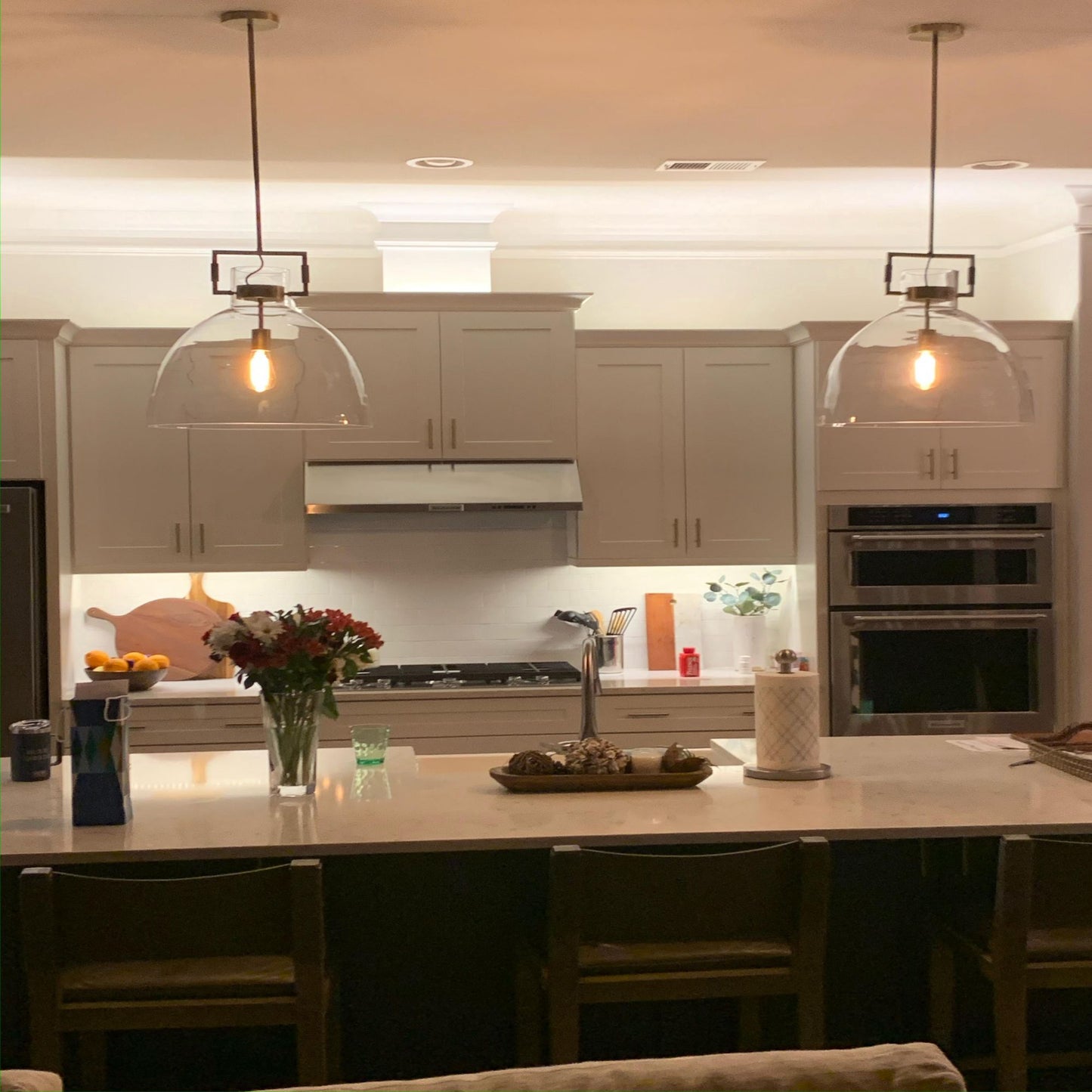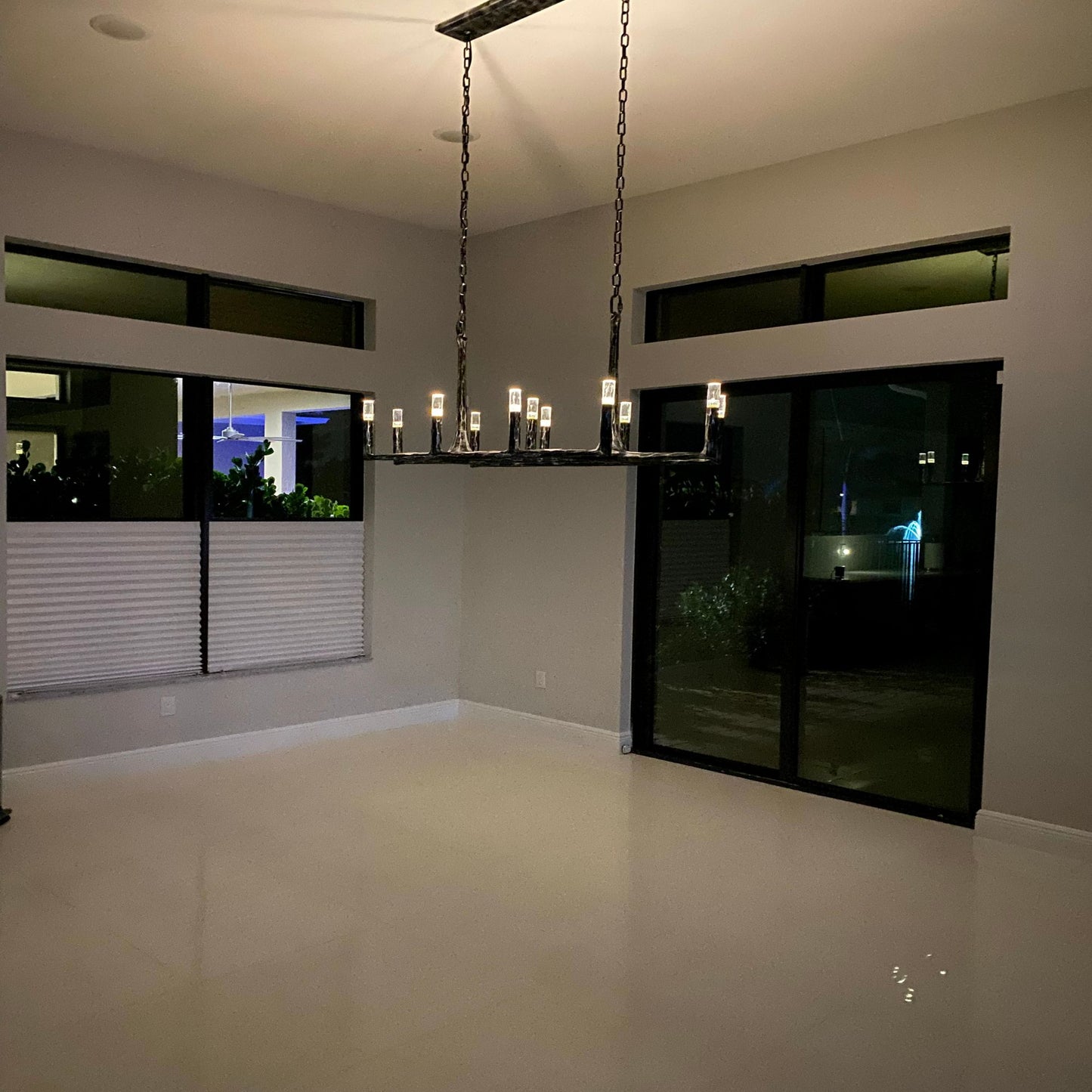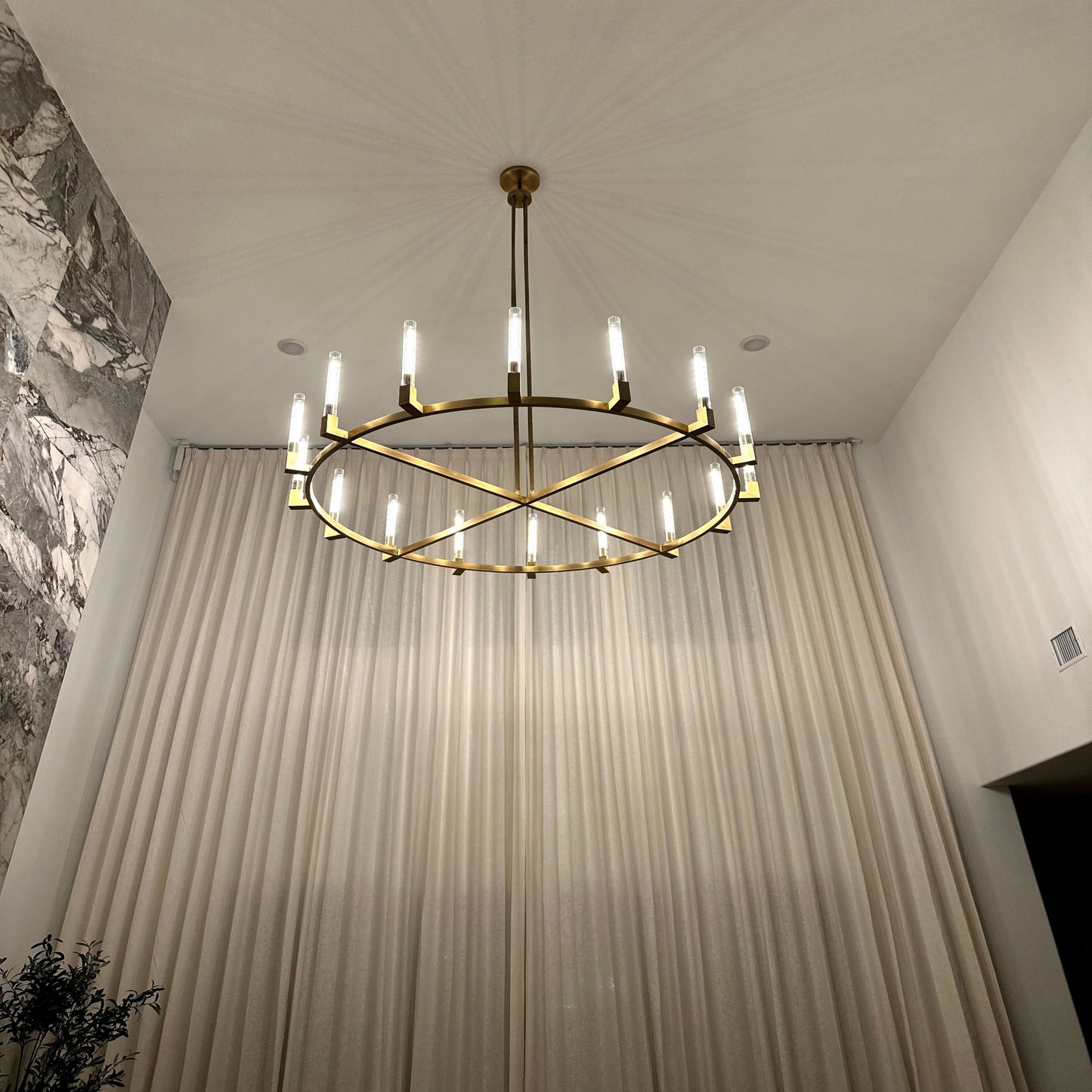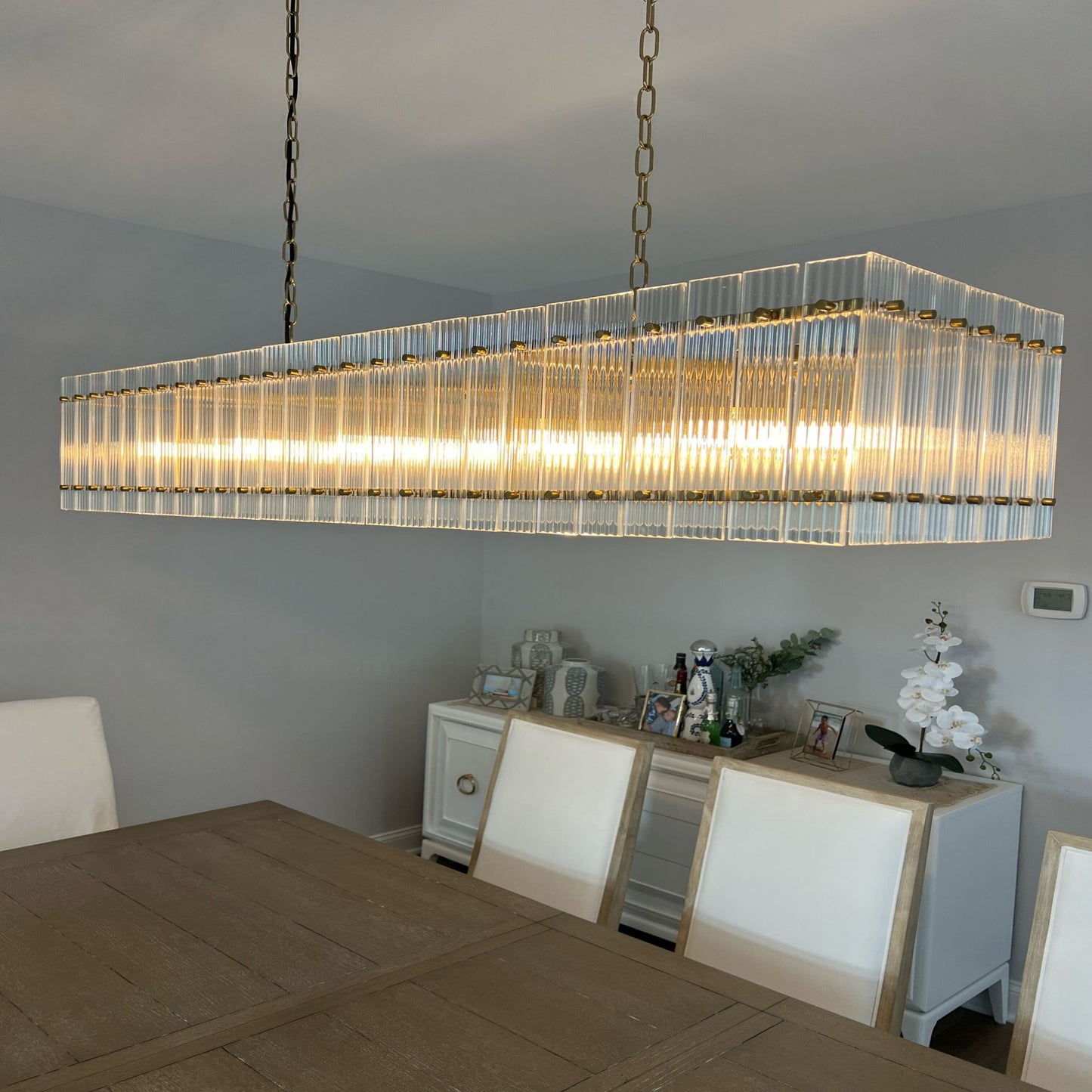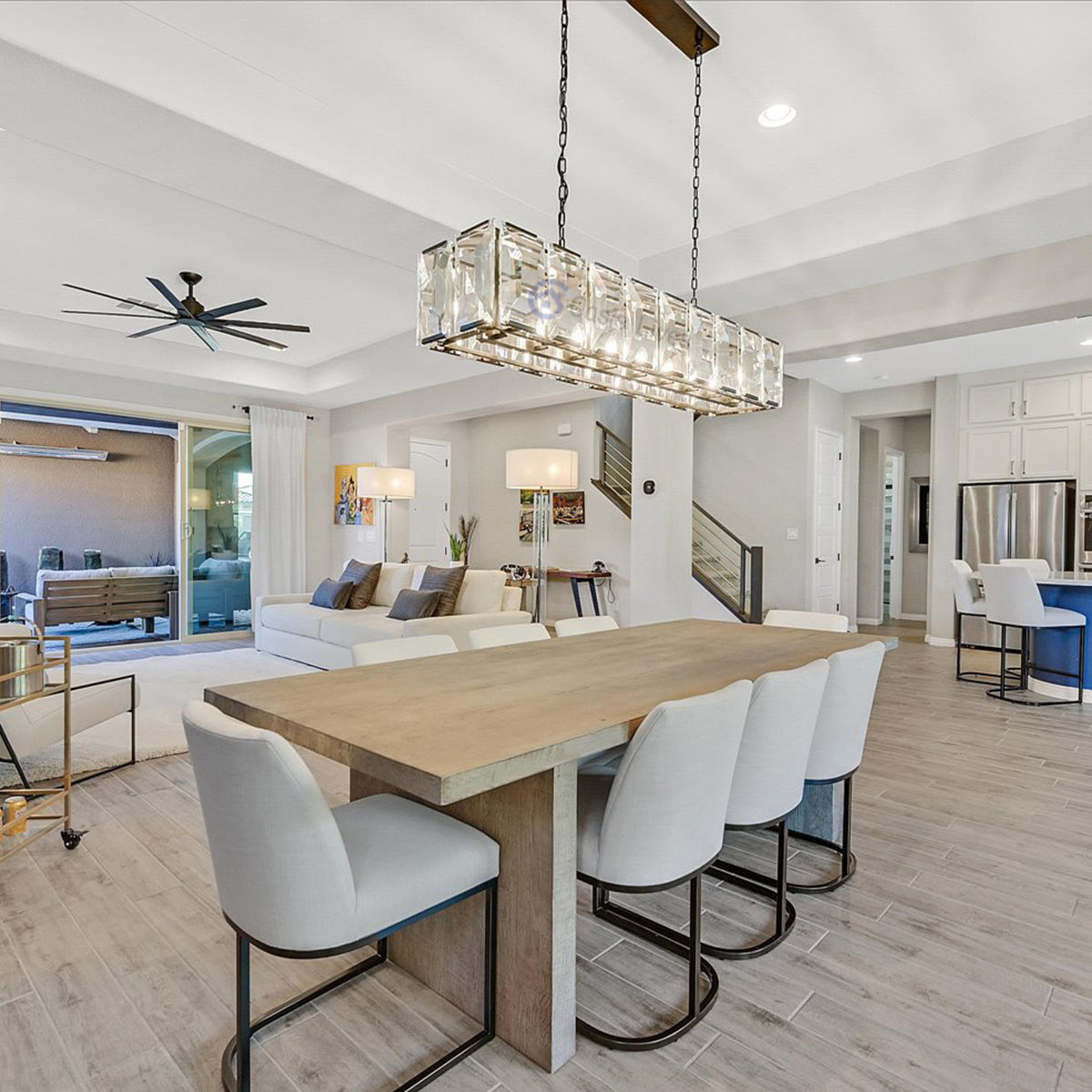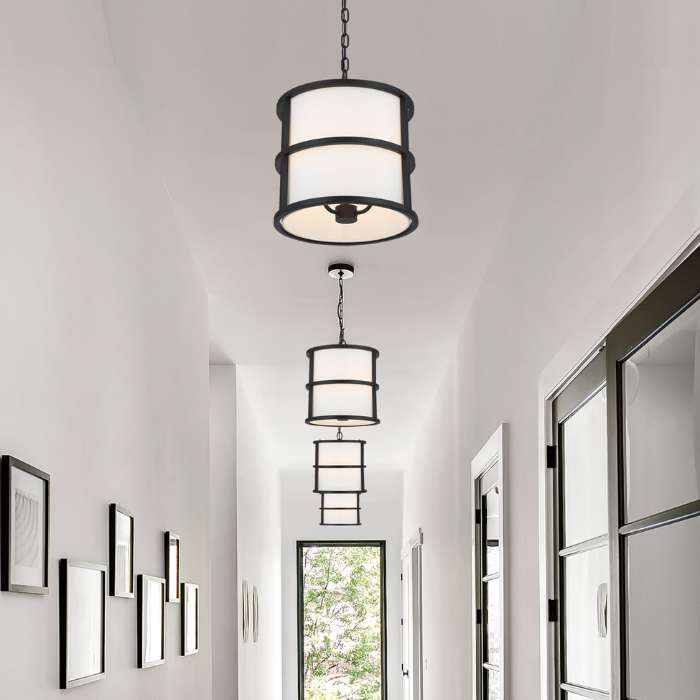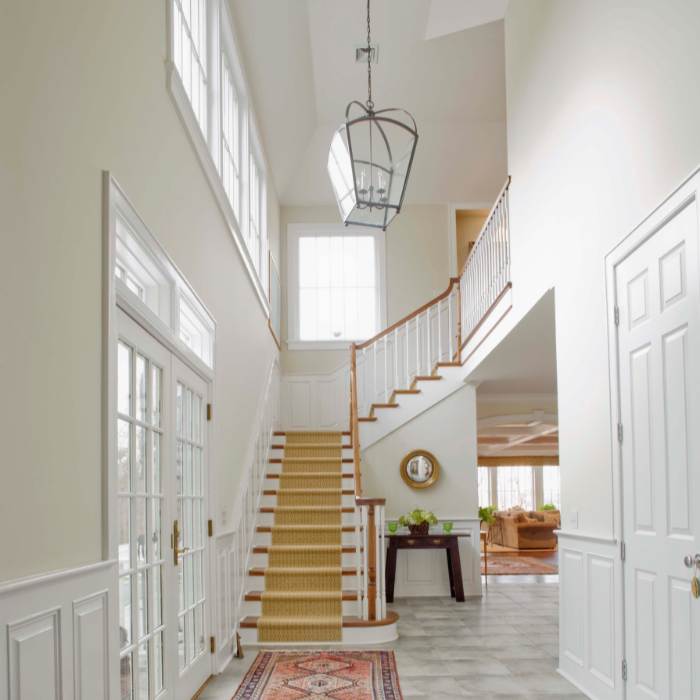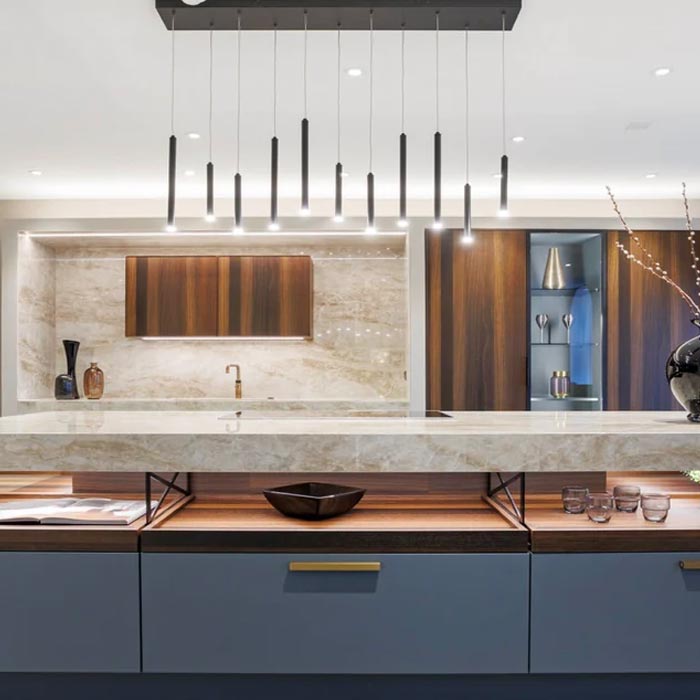Sorry, there are no products in this collection
Our lamps illuminate every room
From the blog
Discover creative hallway lighting ideas to enhance your home. From track lighting flexibility to smart lighting systems, explore stylish solutions for every hallway style and size.
Discover 10 inspiring kitchen island lighting ideas to enhance functionality and style. From pendant lights to chandeliers, find the perfect lighting plan for your home.
